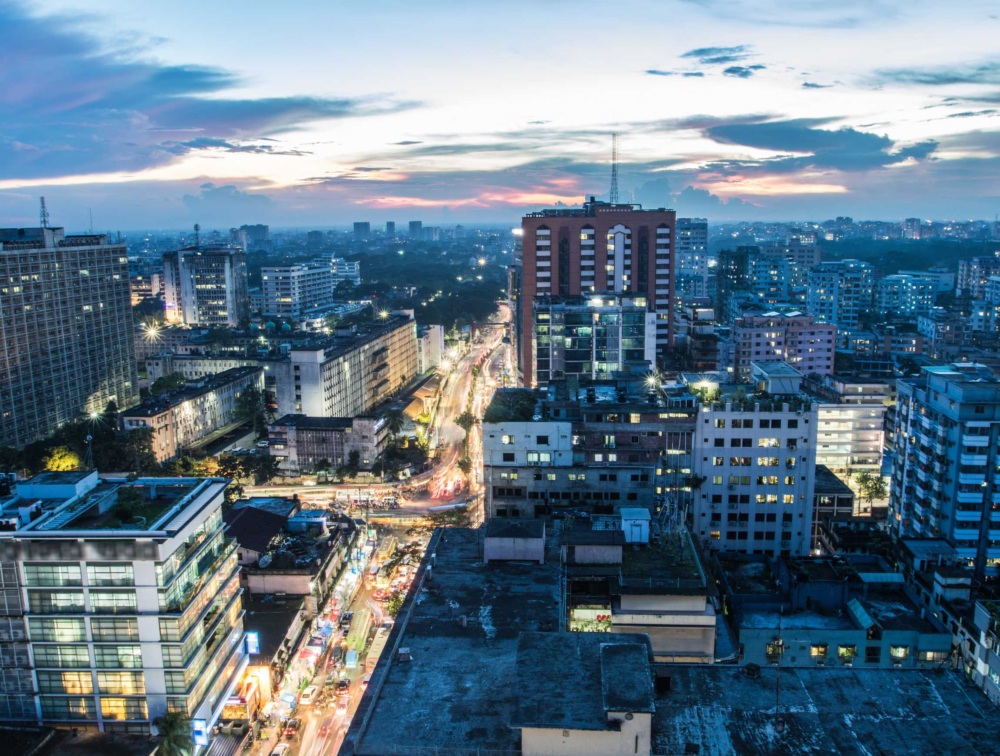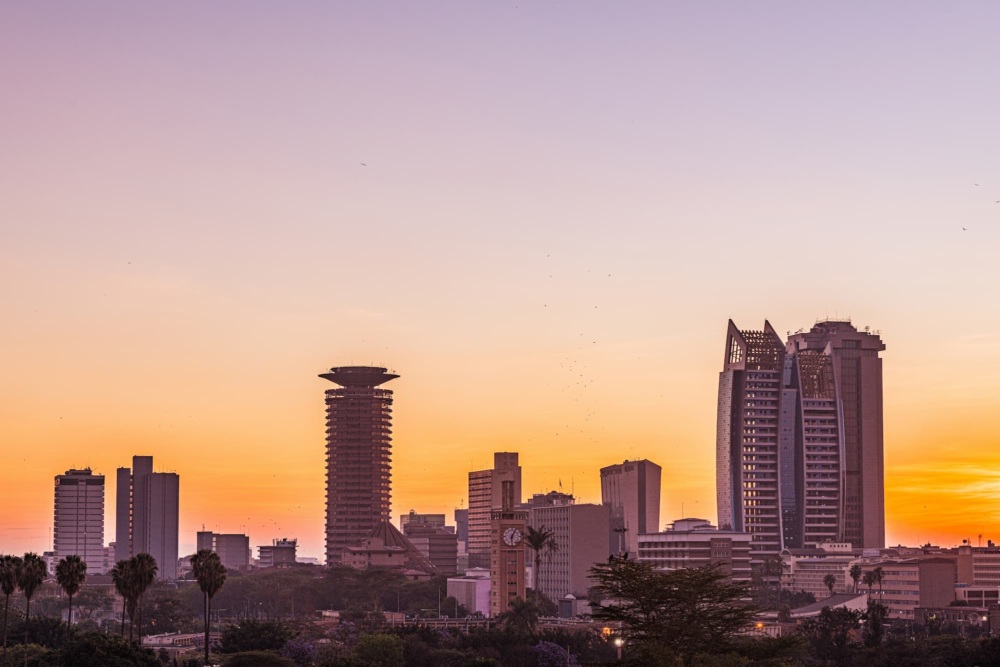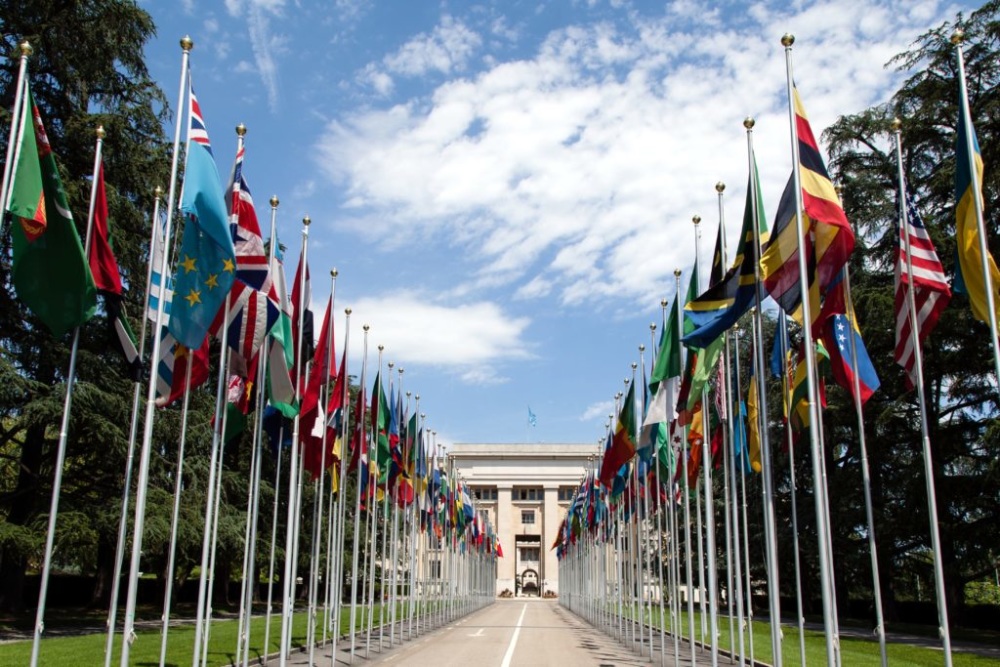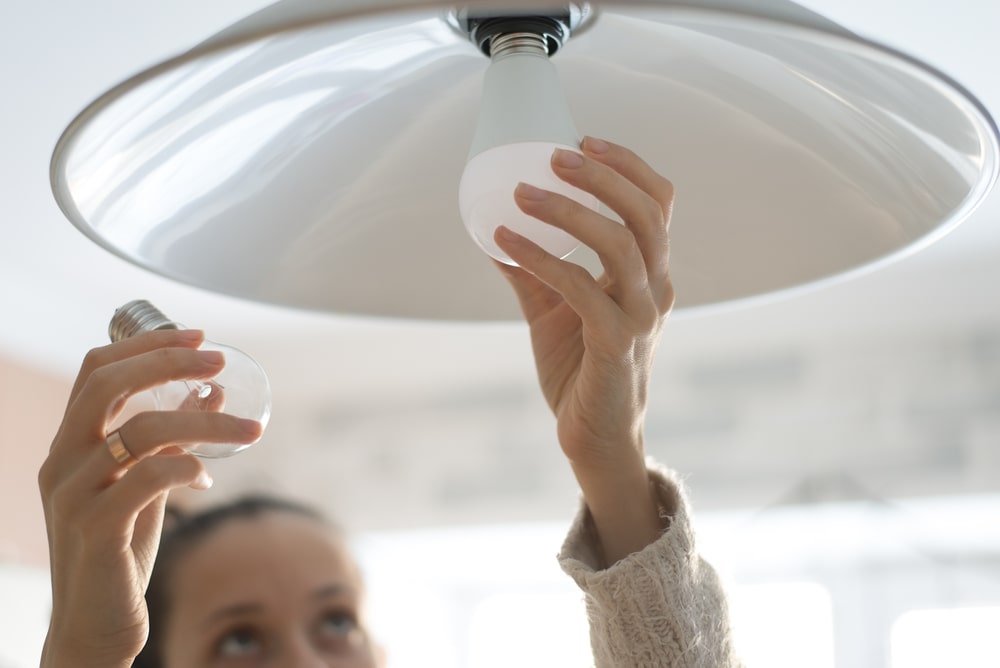Increasing Access to Air Conditioners in a Heating India
Less than 10% of Indian households have access to ACs, leaving over one billion people susceptible to increasingly frequent and intense heatwaves. CLASP is supporting the Indian government to enhance access to energy efficient ACs.
Heatwaves – a rising public health risk
In the last five decades, India has experienced over 700 heatwaves, claiming the lives of more than 17,000 people. The extreme weather is putting public health at risk, with more frequent cases of dehydration, cramps, exhaustion, and heat strokes.
According to Sustainable Cooling for All, without access to affordable cooling technologies, approximately 284 million people’s economic well-being and health is threatened – making India the country with the largest population at risk.
Over the last two decades, a growing middle-class, rising disposable incomes, lower prices of ACs and ease of availability and financing has grown the Indian appliance market. Despite these changes, AC access has grown at a slow pace – from less than 1% in 2000 to only 8% in 2021.
Enabling AC access through collaboration
“Efficiency policies are an important component of cooling access in India,” explains Kishore Kumar of CLASP India. “These policies not only raise energy efficiency, but also guarantee the availability of high quality, affordable products across the growing market. Standards and labelling programs help consumers make informed purchasing decisions and encouraging energy cost savings.”
CLASP has been providing institutional and technical support to the Bureau of Energy Efficiency (BEE) to accelerate access to ACs.
BEE implemented mandatory efficiency policies that increased the market share of energy-efficient inverter ACs from 1% in 2015 to close to 60% in 2019.
Policies must anticipate market innovations
Over a decade ago the Indian government developed an ecosystem to enable manufacturing of ACs and components domestically. A conducive manufacturing environment has helped the country produce more than 60 million ACs over the last decade, with a production capacity of about 8.8 million units per year. The industry is estimated to grow more than threefold by 2029.
Since 2006 when AC efficiency policies were launched, India has increased efficiency by 47%. These policies support the India Cooling Action Plan (ICAP) recommendations to reduce cooling demand across sectors by 20%-25% by the 2037-38. AC manufacturers have supported and adopted the policy swiftly, as well as invested in innovative technologies. Their adaptability has resulted in significant AC industry transformation.
To keep up with market innovations, BEE, with support from CLASP, revised star rating plan and increased minimum energy performance standards (MEPS) over the last ten years.
ACs offer a multitude of benefits, but household ownership remains low
Efforts by the Indian government to grow the AC market offer a case study on the benefits of energy efficiency in the cooling sector. Over the past 15 years, India has manufactured more than 63 million efficient AC units that reduced the country’s electricity consumption by 85 TWh, avoiding 70 Mt of greenhouse gas emissions. Efficient ACs have also lowered electricity bills by an estimated USD 5.6 billion.
Despite widespread benefits, India must work towards increasing overall penetration of ACs in households. While less than 10% of Indian households own an AC, Japan and Korea have reached 90% penetration, followed by China at 60%.
In the midst of rising temperatures, cooling remains a priority for the Government of India. CLASP will continue to support BEE to increase the efficiency levels of ACs which will require manufacturers to produce better, more efficient appliances – therefore improving affordability and access for everyday Indians.









